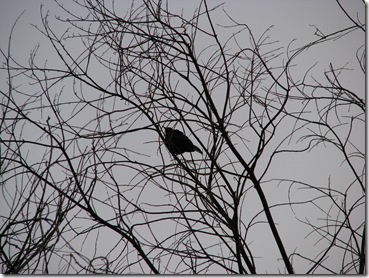The first herb-robert flower is out – a white one as they all are in the garden. The medlar is flowering too, though there are still many unopened buds.
The Waste, Mice & Red and Volepasture are all grass stalk verticals like torrential green rain.
A queen hornet plunged into the grass behind Bramble Hedge.
In the hottest part of the day a moth flew round the Waste and the Square Metre. I am pretty certain it was a small yellow underwing (Panemeria tenebrata) and, as the larvae feed on mouse-ear chickweed, there is plenty to attract it to Emthree.
This small yellow underwing has a wonderful scientific name, especially the 'tenebrata' part. This is a word that reverberates like rasgueado played on a theorbo. Our English equivalents like 'dark' and 'shadowy' have a soft sound recalling the oblivion of night, sleep or death, but 'tenebrata' gives simple blackness a complex, vibrant energy like that of the dark matter that pervades the universe (so they say). Use of this word makes darkness seem far from deadness; it denotes a living darkness full of mysterious sound and movement.
The generic name, Panemeria, means 'all day long' so Panemeria tenebrata can signify darkness all day, an apocalyptic vision encrypted in this small moth whose future, like that of so many invertebrates, is far from secure.
As St Augustine said quae peccato tenebrata non est (which sin is not dark) and I am sure he would have called trashing the planet a sin.
I know the real reason for the generic name is that the moth is day-flying and that 'tenebrata' refers to the dark shading of the forewings. Nevertheless ....

No comments:
Post a Comment